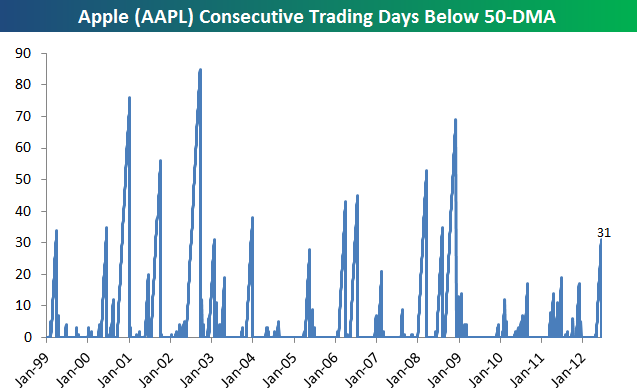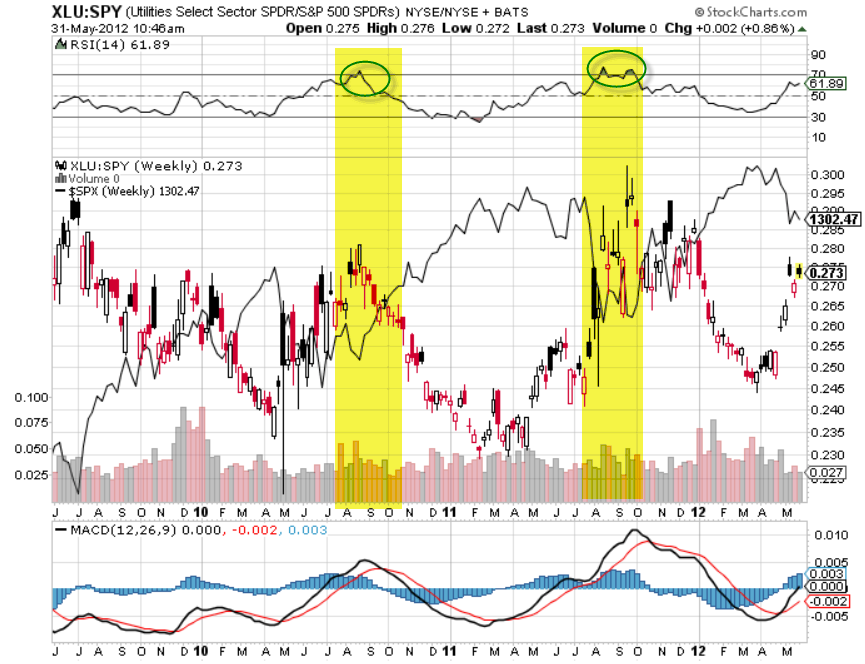Unsettling headlines have crossed this week about the “terrifying” rise in Treasury bill yields as the Oct. 17 debt-ceiling deadline looms and investors grow more concerned about the possibility, however slim, of a U.S. default.
The government on Tuesday auctioned $30 billion worth of Treasury bills set to mature on Nov. 7 at an interest rate of 0.355%, nearly triple the rate of 0.12% at last week’s auction.
Although money market funds are big holders of short-term U.S. government debt, investors shouldn’t panic even though the episode is a reminder of the turmoil in widely-held money funds during the financial crisis.
The Reserve Primary Fund breaking the buck in September 2008 kicked the financial crisis into high gear. Panic quickly swept through the money fund industry and the Treasury eventually guaranteed investor deposits. In fact, the Security and Exchange Commission is still wrestling with reform measures designed to prevent a similar run on money market funds.
Now, money funds are back in focus due to recent price moves in short-term U.S. government debt. Yields on one-month Treasury bills on Tuesday did jump to the highest level in five years after a weak auction, but Felix Salmon at Reuters does a good job of putting the move in perspective with three basic points. First, he notes that one-month Treasury bills actually traded at a negative yield at one point in July and that the charts tend to be “noisy” because the market is relatively thin. Also, this week’s rise in yields has resulted in just pennies of price losses on $1,000 bills:
And here’s the reality: let’s say the yield on your $1,000 bill soars to a terrifying 0.446% from a relatively benign 0.184%. That means the price of your bill has plunged from $1,000.04 all the way to $999.88. You’ve lost a whole 16 cents — or 0.016%. If the price of your bond continues to dive at that rate every day, then after a couple of months you might start approaching a full 1% drop in paper wealth!
If you look at the actual price action in Treasury bills, then, it isn’t terrifying in the slightest; what’s more, it’s very difficult to separate signal from noise. There’s no indication whatsoever that it’s significantly raising the US government’s cost of borrowing, and there’s not even any real evidence that what we’re looking at here reflects credit risk being abruptly inserted into the interest-rate market.
For its part, Fitch Ratings on Wednesday said the overall risk to money market funds due to a U.S. default is low. The ratings agency said it continues to believe an agreement will be reached to raise the U.S. debt ceiling and head off a technical default.
Investors haven’t been fleeing the $2.7 trillion money market business even though some of the largest sponsors of money funds have backed away somewhat from short-term U.S. government debt and boosted cash, report Tim McLaughlin and Ross Kerber for Reuters. Meanwhile, longer-term Treasury bonds have been relatively subdued this week.
The bottom line is that money market funds remain one of the safest and most liquid places to stash cash. Investors don’t need to resort to stuffing money under the mattress just because of a blip in Treasury bills this week.
Photo Credit: thefixer
DISCLAIMER: Money market funds are neither insured nor guaranteed by the Federal Deposit Insurance Corporation or any other government agency. Although they seek to preserve the value of your investment at $1.00 per share, it is possible to lose money by investing in the fund.




